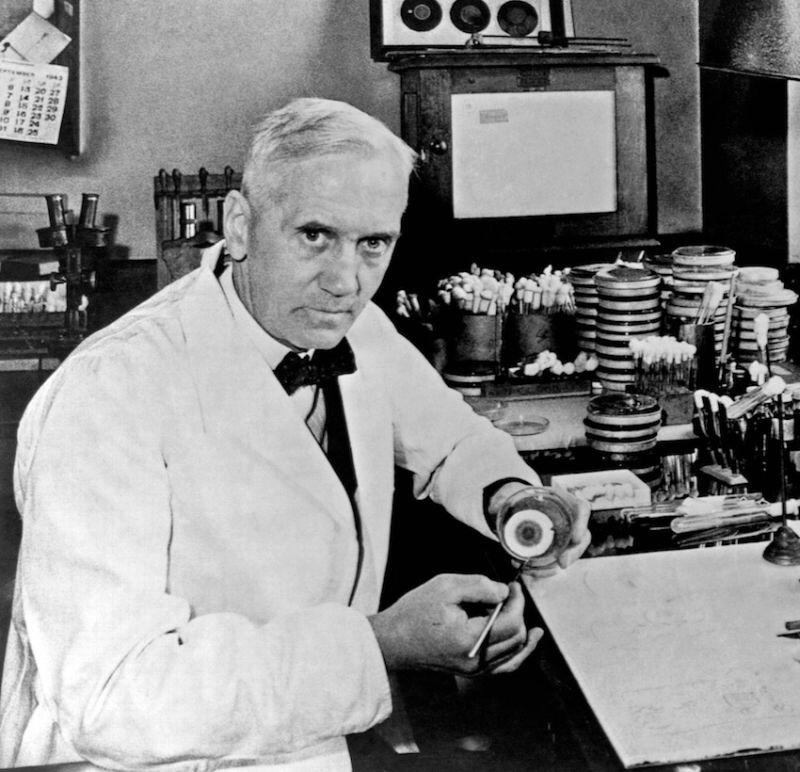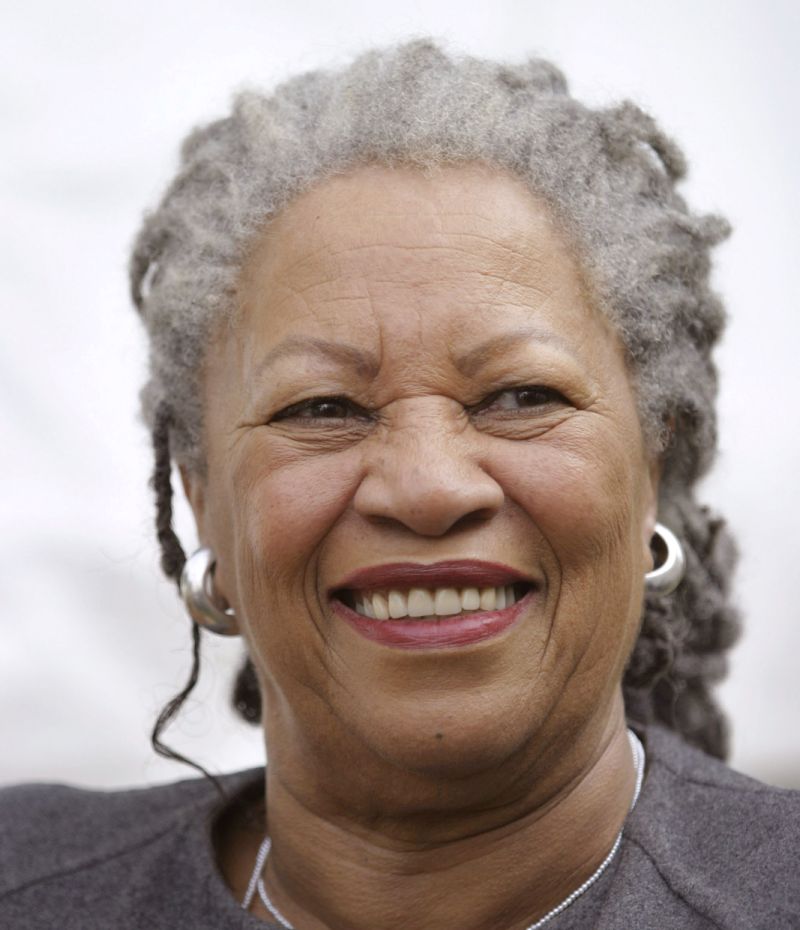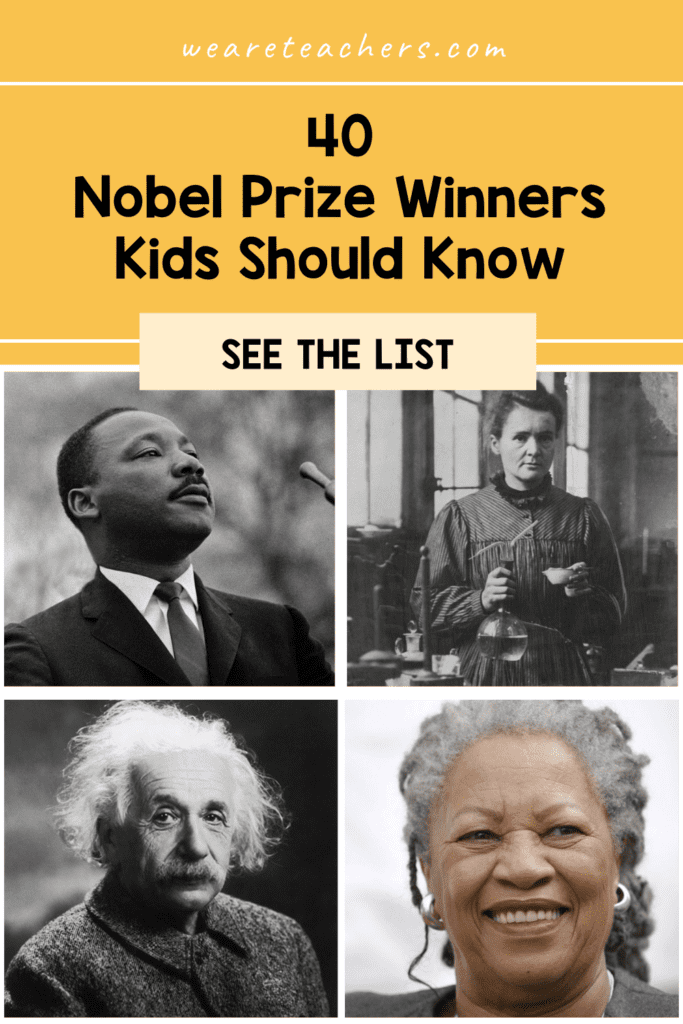There have been nearly one thousand Nobel Prize winners since 1901, and of course, that number grows every year. While all the winners made significant contributions to the world, some really stand out from the crowd. These winners in the categories of Physics, Chemistry, Physiology and Medicine, Peace, and Literature are names kids should know. Share them with your students and take the time to learn more about the Nobel Prize itself here.
1. Wilhelm Conrad Röntgen (Physics, 1901)
The very first Nobel Prize in Physics was awarded to Röntgen in recognition of his discovery of and work with X-rays. These are also known as Röntgen rays in his honor.
2. Marie Curie (Physics, 1903 and Chemistry, 1911)

In 1903, Curie and her husband Pierre shared the Physics prize with Henri Becquerel for their work on radiation. In 1911, she received a second prize, this time in Chemistry, for discovering radium and polonium. She was the first woman to win a Nobel prize and remains the only person to win in two scientific fields.
3. Ivan Pavlov (Physiology or Medicine, 1904)
When we hear the name Pavlov, we tend to think of dogs salivating on command when they heard the sound of a bell. But Pavlov earned his Nobel prize for his groundbreaking research into the physiology of digestion.
[contextly_auto_sidebar]
4. Ernest Rutherford (Chemistry, 1908)
Rutherford is known as the “Father of Nuclear Physics.” He discovered the concept of radioactive half-life and the element radon. He also differentiated alpha and beta radiation. This research earned him his Nobel prize. He did his most famous work after winning the award, performing the first artificial nuclear reactions and discovering the proton.
5. Guglielmo Marconi (Physics, 1909)
In 1901, Marconi sent the first radio transmissions across the Atlantic between England and Canada, a distance of 2100 miles. This opened up a world of wireless connections and changed the way the world communicates. He received his Nobel prize along with Karl Ferdinand Braun in 1909 in recognition of their achievements.
6. Alexis Carrel (Physiology or Medicine, 1912)
Surgery was still in its infancy when Dr. Carrel pioneered the technique of sewing blood vessels together, earning him the Nobel prize. Later, he worked on a perfusion pump that paved the way for organ transplants.
7. International Committee of the Red Cross (Peace, 1917, 1944, and 1963)
The most-awarded Nobel Prize winner isn’t a person, but an organization. The Red Cross earned their first medal for their efforts to care for wounded soldiers and prisoners of war in World War I. Their second was for all of their assistance during World War II, and the third was for general service to humanity in all the years following.
8. Max Planck (Physics, 1918)
Planck earned his fame as the originator of quantum theory, but he won his prize specifically for the discovery of energy quanta. His research helped the world understand the nature and behavior of matter and energy on an atomic and subatomic level.
9. Albert Einstein (Physics, 1921)

Despite his epic contributions to the world of science, Einstein won only one Nobel Prize. In 1921, he was awarded the prize in Physics for his services to Theoretical Physics, especially the discovery of the photoelectric effect.
10. Niels Bohr (Physics, 1922)
We owe the familiar model of an atom, with its dense nucleus and orbiting electrons, to Bohr. He won the prize in Physics for his work on the structure of atoms and the radiation emanating from them.
11. Frederick Banting and John McLeod (Physiology or Medicine, 1923)
In the early part of the 20th century, doctors and scientists began to suspect that diabetes was caused by a lack of an important hormone. Banting and McLeod’s research confirmed the existence of insulin, opening up the possibility of treatment for diabetics.
12. George Bernard Shaw (Literature, 1925)
Playwright Shaw wrote more than 60 plays, including Pygmalion (the inspiration for My Fair Lady). He was immensely popular during his lifetime, and his plays remain beloved worldwide. His prize recognized “work which is marked by both idealism and humanity, its stimulating satire often being infused with a singular poetic beauty.”
13. Jane Addams (Peace, 1931)
Jane Addams pioneered the concept of social work by opening Hull House in Chicago in 1889. She also co-founded the ACLU and was a staunch pacifist throughout her life. Her prize honored her commitment to improving the quality of life for humanity.
14. Werner Heisenberg (Physics, 1932)
Heisenberg’s prize was for the creation of quantum mechanics. The topics he studied are still among the most challenging to understand and research. Heisenberg was nominated for the Nobel by Einstein himself!
15. Irène Joliot-Curie and Frédéric Joliot (Chemistry, 1935)
Marie Curie’s daughter followed in her mother’s footsteps. Together with her husband, she continued the family’s work on radioactivity, earning their Nobel for synthesizing new radioactive elements. Joliot-Curie paid the price for her research, dying of leukemia linked to her exposure over the years.
16. Enrico Fermi (Physics, 1938)
Fermi worked extensively with nuclear reactions, including being one of the leaders of the Manhattan Project, which developed the first atomic bombs. His discoveries also contributed to the field of nuclear energy. His Nobel prize in Physics rewarded these efforts. Fermilab, America’s top particle physics and accelerator lab, bears his name.
17. Pearl S. Buck (Literature, 1938)
Although not Chinese by birth, Buck spent her childhood and early adult years living there as the child of missionary parents. She developed a passion for the culture and began writing books set in China in 1930. Her 1931 novel The Good Earth shot her to international fame, and her prize recognized her ability to capture imaginations with her writings on Chinese culture.
18. Sir Alexander Fleming (Physiology or Medicine, 1945)

Sir Alexander Fleming, (6 August 1881 – 11 March 1955) was a Scottish biologist, pharmacologist and botanist who discovered Penicillin. (Photo by Universal History Archive/UIG via Getty Images)
Fleming and his fellow Nobel Prize winners were responsible for one of the most important medical advancements of the 20th century: penicillin. Doctors now had an important tool to fight infection, and millions upon millions of lives were saved by antibiotics going forward.
19. Hermann J. Muller (Physiology or Medicine, 1946)
Muller proved the dangers of radiation, showing that genes can mutate when they’re exposed. He earned his award for this research and spent much of his later years warning of the dangers of radioactive fallout from nuclear testing and war.
20. Ernest Hemingway (Literature, 1954)
A Farewell to Arms, The Old Man and Sea, The Sun Also Rises… chances are most students will read at least one Hemingway novel before they graduate. He’s considered one of the most influential writers of the 20th century, leading to his prize “for his mastery of the art of the narrative.”
21. Linus Pauling (Chemistry, 1954 and Peace, 1962)
Pauling won his first prize in 1954 for research into chemical bonds and the way atoms form molecules. After the first atomic bombs were used in warfare to end World War II, Pauling adopted a vocal anti-nuclear weapon stance. This led to a second prize in 1962, this time for Peace.
22. John Bardeen (Physics, 1956 and 1972)
Bardeen is the only person to win the Nobel in physics twice. His first award was for the invention of the transistor (along with William Shockley and Walter Brittain). Later, he joined a select group of two-time Nobel Prize winners for his work on superconductivity, known as the BCS theory.
23. Frederick Sanger (Chemistry, 1958 and 1980)
Sanger received two Nobel prizes in his life. The first was for his work on the structure of proteins, especially insulin. Then, he turned to sequencing RNA and DNA, earning his second prize.
24. Willard F. Libby (Chemistry, 1960)
Libby’s prize was for a technique that revolutionized archeology and paleontology—radiocarbon dating. The predictable half-life of carbon-14 allowed him accurately date items from 500 to 50,000 years old.
25. James Watson, Francis Crick, and Maurice Wilkins (Physiology or Medicine, 1962)
The Nobel Prize winners of 1962 are as well known for who they recognized as who they left out. Watson and Crick’s historic paper documenting the double helix structure of DNA ignored the contributions of Rosalind Franklin. Her research was vital to their discovery, but she was not included in the award. (Learn more about Franklin and other amazing female scientists here.)
26. Dorothy Crowfoot Hodgkin (Chemistry, 1964)
Hodgkin advanced the technique of X-ray crystallography. She used those skills to confirm the structure of penicillin and vitamin B12. She later unlocked the structure of insulin, allowing it to be mass-produced and used to treat diabetes.
27. Martin Luther King, Jr. (Peace, 1964)

Dr. King is one of the most well-known Nobel prize winners. His work for civil rights in the United States started a movement that still inspires others today. He received this award four years before his tragic assassination in 1968. (Try these Martin Luther King, Jr. activities in your classroom.)
28. Pablo Neruda (Literature, 1971)
Neruda was a controversial politician in his native Chile, but his poetry stirred the world to admiration and won him his prize. Perhaps best known are his love poems, but he also wrote historical epics and surrealist works. The Nobel committee recognized him “for a poetry that with the action of an elemental force brings alive a continent’s destiny and dreams.”
29. Gabriel García Márquez (Literature, 1982)
This Columbian author is considered one of the most significant of the 20th century. Famous for works like Love in the Time of Cholera and One Hundred Years of Solitude, García Márquez had a unique style that blended reality and fantasy into magic realism. The Nobel Prize committee noted that his work “reflected a continent’s life and conflicts.”
30. Barbara McClintock (Physiology or Medicine, 1983)
Dr. McClintock worked extensively with genes, and her research became the basis for today’s genetic therapies. She uncovered genetic recombination, along with telomeres and centromeres. Her award recognized her massive contributions to the field.
31. Elie Wiesel (Peace, 1986)
Despite his renown as an author, Weisel received his prize “for being a messenger to mankind: his message is one of peace, atonement and dignity.” Students may have read his books, including the classic Holocaust novel Night. Weisel helped to establish the National Holocaust Museum in Washington, D.C.
32. The 14th Dalai Lama (Peace, 1989)
The Dalai Lama is the highest spiritual leader of the people of Tibet. In 1959, the current Dalai Lama was forced into exile after the Chinese military occupation of Tibet. Living in India, he has spent the years since advocating a peaceful resolution to the conflict between his people and China (for which he won his prize), as well as spreading a general message of peace throughout the rest of the world.
33. Nelson Mandela (Peace, 1993)
Today’s kids are too young to remember the horrors of Apartheid in South Africa, but they should still learn about Mandela. He spent years in prison for loud-and-proud resistance to racist policies. He was released in 1990, becoming South Africa’s first democratically-elected president in 1994. His prize recognized his successful efforts to end Apartheid at last.
34. Toni Morrison (Literature, 1993)

Mandatory Credit: Photo by Maggie Hardie/REX/Shutterstock (490822g)
Toni Morrison, Nobel prize winning author
THE EDINBURGH INTERNATIONAL BOOK FESTIVAL, SCOTLAND, BRITAIN – 28 AUG 2004
Known for novels like The Bluest Eye and Beloved, Morrison is one of the strongest Black voices in literature. The prize committee recognized her “visionary force” and “poetic import,” saying her work “gives life to an essential aspect of American reality.”
35. Jimmy Carter (Peace, 2002)
Not many people can say that being President of the United States was only a small part of their amazing lives. Carter has spent decades working tirelessly to improve lives around the world, including supporting Habitat for Humanity and fighting disease in Africa. His prize rewarded all of his efforts.
36. Elizabeth H. Blackburn (Physiology or Medicine, 2009)
Dr. Blackburn shared her medal with colleagues Carol W. Greider and Jack W. Szostak. Their award was for their research into telomeres, the structure at the end of the chromosome that protects it from damage. This contributed greatly to our understanding of how we age.
37. Alice Munro (Literature, 2013)
Munro specializes in short stories, sometimes even releasing several versions of her stories over time. Critics often note that her stories have the depth and emotional impact of full-length novels. She won the Nobel prize for being the “master of the contemporary short story.”
38. Malala Yousafzai (Peace, 2014)
Malala’s story is one kids likely already know: Determined to pursue an education after the Taliban outlawed schooling for girls, she was eventually shot for her outspoken efforts. This only increased her determination, and her continued campaigning for the rights of girls and women made her the youngest Nobel Peace Prize winner at the age of 17.
39. Bob Dylan (Literature, 2016)
Singer-songwriter Dylan’s lyrics often became anthems for the civil rights and anti-war movements of the 1960s. His words and melodies have inspired generations, and he received his award “for having created new poetic expressions within the great American song tradition.”
40. Emmanuelle Charpentier and Jennifer A. Doudna (Chemistry, 2020)
Charpentier and Doudna developed a method for genome editing, known as CRISPR. This technology has untold possibilities for medicine, agriculture, and countless other applications.
Looking for more inspiration? Try these famous inventors every student should know.
Plus, get all the latest teaching tips and ideas when you sign up for our free newsletters!


